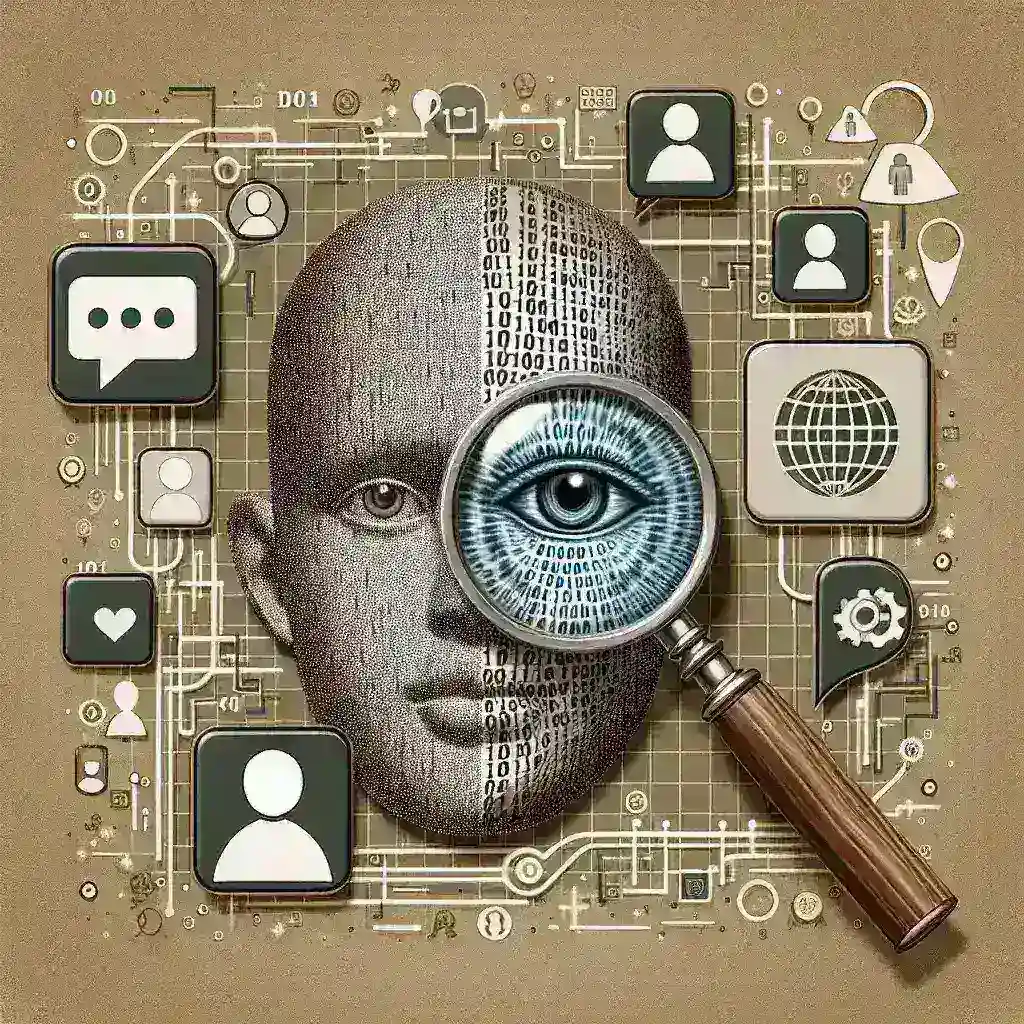Introduction
In the digital age, misinformation spreads at lightning speed, and deepfake technology has emerged as one of the most pressing threats to information integrity. Major social media platforms are at the forefront of this battle, adopting advanced deepfake detection tools to safeguard users and maintain trust. This article delves into the evolution of deepfake detection, the tools being integrated into social media websites, and what the future may hold.
Understanding Deepfakes
Deepfakes utilize artificial intelligence and machine learning to create realistic but fabricated audio and video content. The implications of such technology are vast, ranging from privacy violations to misinformation campaigns. As these technologies evolve, so too must the methods for detecting them.
The Rise of Deepfake Technology
Deepfake technology began gaining traction around 2017, when it was first used to create realistic fake videos of celebrities. Since then, its applications have expanded, leading to both entertaining and malicious uses. The rapid development of this technology outpaced the creation of detection tools, prompting social media giants to take action.
The Need for Detection Tools
The proliferation of deepfakes raised significant concerns regarding misinformation. According to a study by the Digital Civil Society Lab, nearly 40% of Americans have encountered manipulated media. This alarming statistic highlights the crucial need for reliable detection tools to combat deepfake threats.
Deepfake Detection Tools: An Overview
Integrated into major social media platforms, deepfake detection tools aim to identify manipulated content before it spreads. These tools employ various technologies, including machine learning and neural networks, to analyze videos and images for signs of manipulation.
Current Tools in Use
Some notable detection tools include:
- Microsoft Video Authenticator: This tool evaluates images and videos to determine their authenticity, providing a confidence score for manipulated content.
- Deeptrace: Specializing in identifying deepfakes, Deeptrace offers insights into the prevalence of manipulated media and helps platforms take proactive measures.
- Sensity AI: This tool focuses on analyzing social media content and flagging potential deepfakes, assisting platforms in combating misinformation.
Integration into Major Social Media Platforms
Social media platforms such as Facebook, Twitter, and Instagram are actively integrating deepfake detection tools. These platforms recognize that user trust is paramount, and by combating deepfakes, they can enhance the user experience.
Facebook’s Approach
Facebook has implemented a combination of AI-driven detection tools and community reporting features. The platform constantly updates its algorithms to refine its detection capabilities, aiming to reduce the spread of misinformation.
Twitter’s Strategy
Twitter has launched various initiatives to address deepfakes, including partnerships with independent organizations to verify the authenticity of shared content. The platform also encourages users to report suspicious media.
Instagram’s Focus on Education
Instagram has focused not only on detection but also on educating its users about deepfakes. By providing resources and information about manipulated content, Instagram empowers users to identify potential misinformation.
Impact of Detection Tools on Society
The integration of deepfake detection tools plays a significant role in shaping societal perceptions of media. By identifying and flagging false content, social media platforms contribute to a more informed public.
Pros and Cons of Deepfake Detection
- Pros:
- Enhances user trust and safety on social media platforms.
- Helps combat misinformation and protects the integrity of information.
- Promotes accountability among content creators.
- Cons:
- Detection tools may not be foolproof, leading to false positives.
- Potential censorship of legitimate content.
- Challenges in keeping up with rapidly evolving deepfake technology.
Future Predictions
As technology advances, the future of deepfake detection tools is promising yet challenging. Experts predict that:
- Deepfake technology will continue to evolve, becoming more sophisticated.
- Detection tools will leverage advanced AI techniques, increasing their effectiveness.
- Collaboration among tech companies, governments, and researchers will be crucial in developing comprehensive solutions.
Conclusion
Deepfake detection tools are an essential part of the fight against misinformation in today’s digital landscape. As major social media platforms integrate these tools, they not only protect their users but also contribute to the broader conversation about media integrity. Moving forward, a collaborative approach will be needed to stay ahead of the evolving challenges posed by deepfake technology.
Call to Action
Stay informed and vigilant about the content you consume online. Educate yourself about deepfakes and support initiatives aimed at enhancing media literacy. Together, we can foster a safer digital environment.

